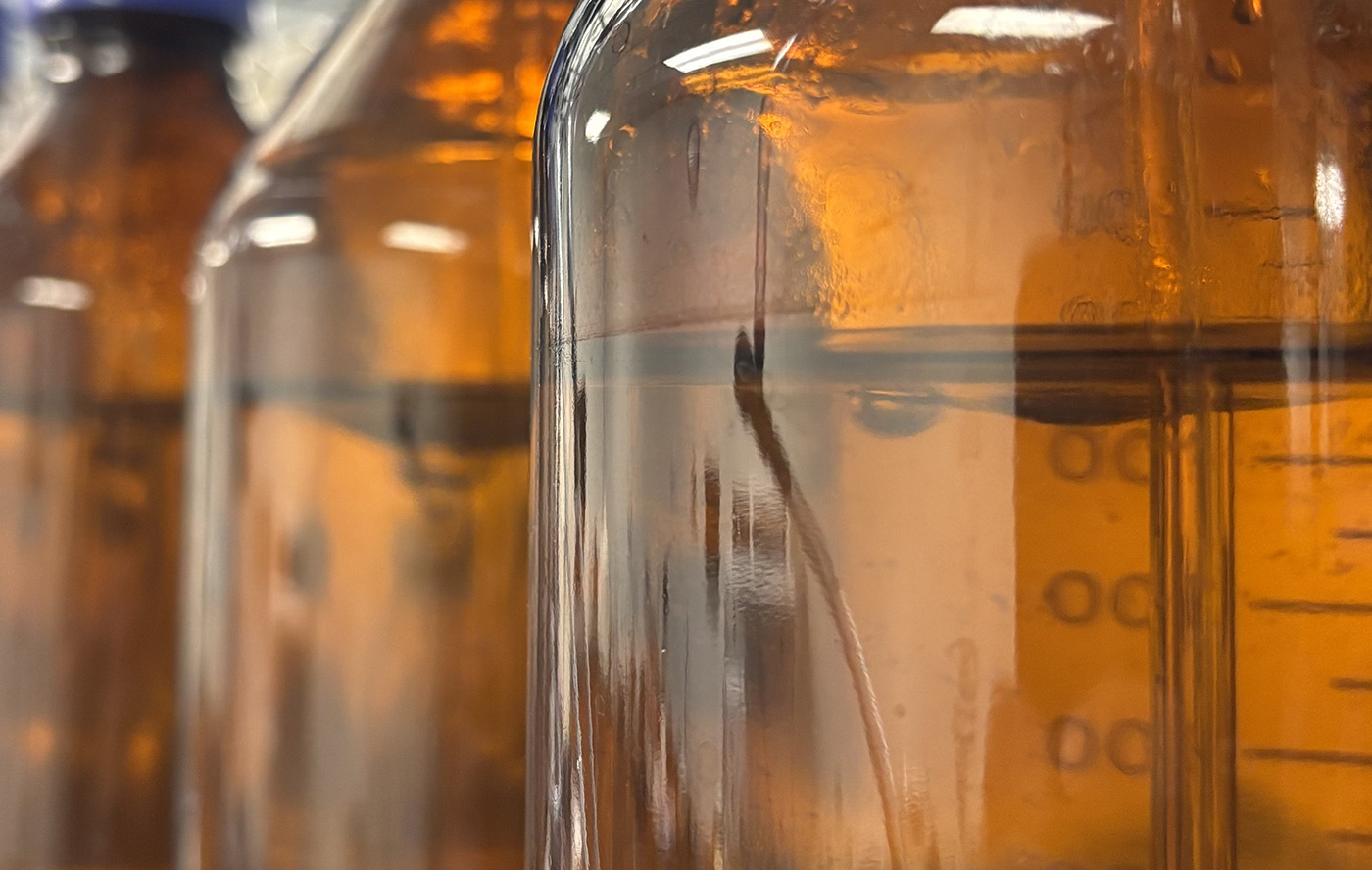Summary
This test assesses the effects of a substance on microorganisms from the activated sludge of wastewater treatment plants. OECD 209 measures the respiration rate of these microorganisms to determine the EC and/or the NOEC values of the test substance.
The OECD 209 Testing Method
It is recommended that there are six controls and five treatment concentrations in a geometric series with five replicates for the OECD 209 test. In each test vessel, water, synthetic sewage feed, and the test substance are incubated at a pH of 7.5 ± 0.5 and a temperature of 20ºC ± 2ºC. The oxygen concentration is kept above 60% to 70% saturation, and this value is measured after 3 hours of exposure. Additional measurements can be taken at 30 minutes of exposure if the substance degrades rapidly.
This test should be performed using at least three concentrations of the test substance, such as 10 mg/L, 100 mg/L, and 1000 mg/L. For each of these concentrations, measurements of total oxygen uptake occur when the dissolved oxygen (DO) concentration is between 2 and 7 mg/L.
OECD 209 can test any non-volatile material, including poorly soluble and absorbing materials.
Contact Aropha Today to Learn More About OECD 209
For efficient, accurate biodegradability and ecotoxicity testing with tight lead times, turn to Aropha. We combine our digital twin simulation platform with our physical testing to make sure you get the ecological information you need about your products quickly. This allows you to make any changes, decide on other testing measures, and finalize production so you can get your products to market as quickly as possible in a cost-effective manner.
In addition to OECD 209, Aropha offers a wide range of biodegradability testing methods. Plus, when you choose our GLP-compliant biodegradability testing, we make sure you have all of the test documentation you need to properly substantiate your environmental marketing claims.
OECD 209 Requirement and Applicability
Different testing methods are applicable for materials with different properties. Below is a summary of the applicability of OECD 209. Please check our Method Selection Guide to select the most appropriate method for your materials. You can also find the applicability for many other methods in our Resource Center.| Test | Analytical method | Sample info required * | Poorly soluble | Volatile | Adsorbing |
|---|---|---|---|---|---|
| OECD 209 | Dissolved oxygen consumption | N/A | + | +/- | + |
*“Sample info required” is the information needed to calculate the biodegradation percentages. This must be available for a selected method.
*“Organic carbon content” is the ratio of the organic carbon weight to the weight of the sample. It can be calculated by the sample formula (e.g., acetic acid C2H4O2, carbon content is 12*2/(12*2+1*4+16*2)=40%). Try our Online C% Calculator. If the formula is unknown, we can send the sample out to a third party lab for you for analysis (normally $110 with a 10-day turnaround time).
Pricing
$599/sample for High-Throughput Screening$699/sample for Biodegradability Certification

